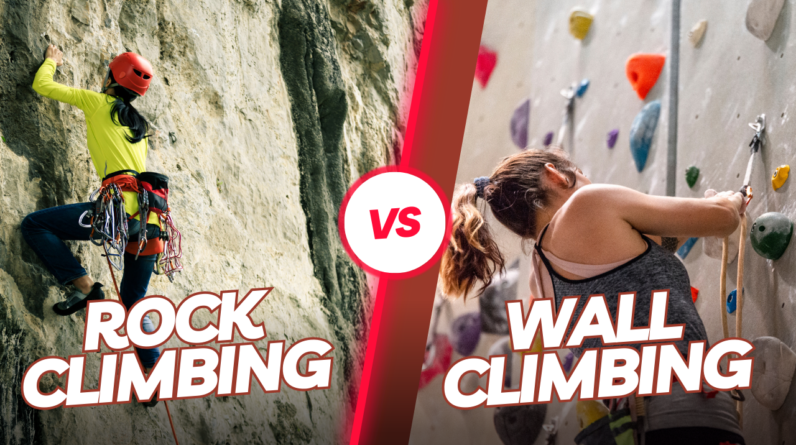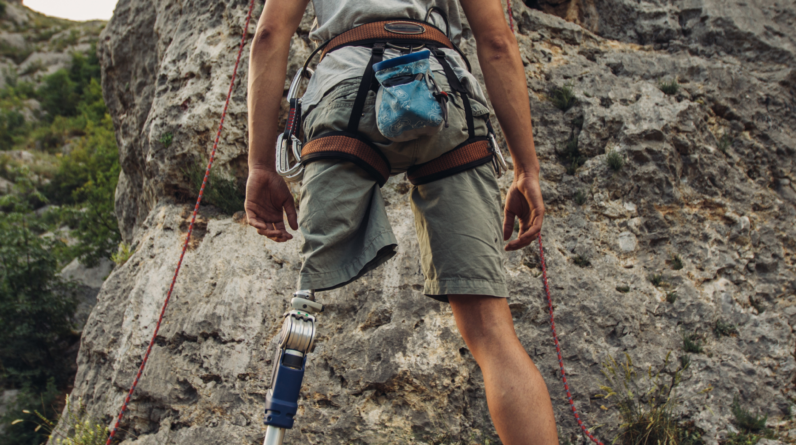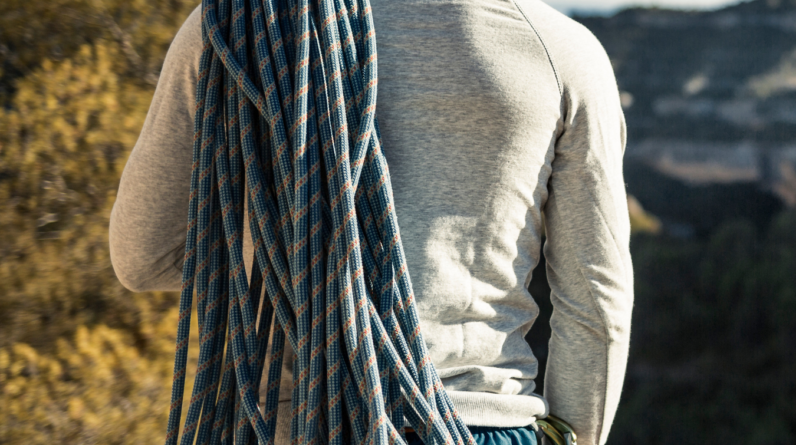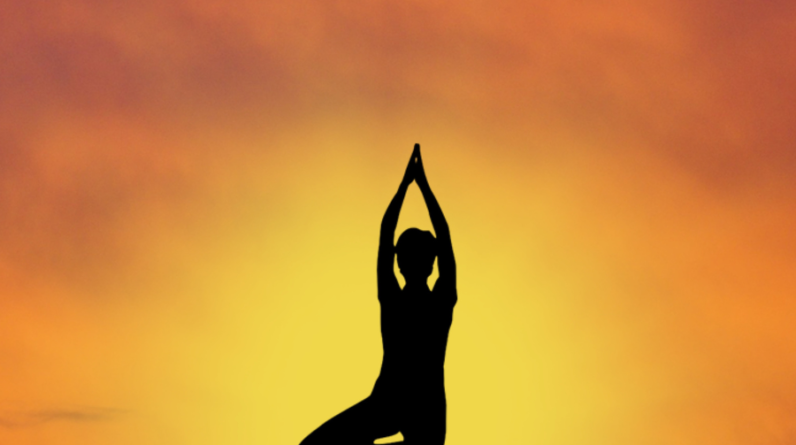
Introduction to the ABCDs of Spotting
Hey there fellow climbers!
Today we’re talking about the ABCDs of spotting, because let’s face it, bouldering can be a dangerous sport if we’re not careful. But don’t worry, I’m here to help you stay safe and avoid any mishaps while you’re out on the rock.
A for Attention: Keep Your Focus on Your Climber
First up, we have A for attention. Paying attention is crucial when you’re a spotter. You need to keep your focus on your climber and have a good attitude to help ensure their safety. A good spotter always keeps their eyes on their climber.
B for Body Position: Stay Stable and Ready to Assist
Next, we have B for body position. As a spotter, you need to keep yourself stable and ready to assist in the event of a fall. Make sure you have a wide stance with your feet and don’t lock your knees. Keep your hands up and strong (no weak “forks” allowed!) and be ready to move with your climber to get into the best position to help them. Just make sure you’re not directly underneath them because if they fall, you don’t want to get hurt too!
C for Communication: Help Your Climber Succeed on the Route
C is for communication. This is an important one. Communicating with your climber can make a huge difference in whether or not they succeed on a route. Sometimes as a spotter, you have a better vantage point than the climber and can point out a move or hold that they might not have noticed. Other times, your climber might know what to do, but feel like it’s too hard. A little encouragement can go a long way in giving them that extra push they need to get through a challenging crux.
D for Decision Making: Be Responsible and Don’t Be Reckless
Finally, we have D for decision-making. Accidents can sometimes be out of your control, but other times they can be the result of poor decision making. Bouldering routes can end pretty high, and if an ankle injury isn’t something your partner is willing to risk, it’s up to you as a spotter to help them make a good decision by choosing a safer route. It’s important to push yourself out of your comfort zone, but be responsible with your decisions and don’t be reckless.
So there you have it, the ABCDs of spotting: attention, body position, communication, and decision-making. If you can go through this checklist in your mind while spotting, you’ll be well on your way to being a pro at being proactive and reactive. Your climber (and your own safety) will thank you.
Until next time, happy climbing!






